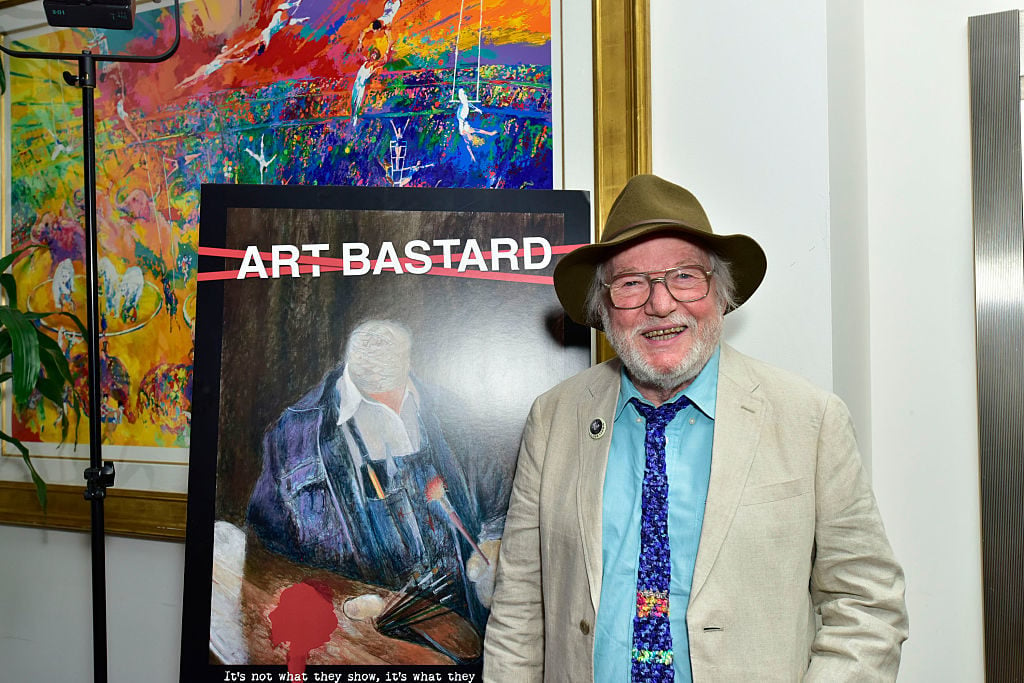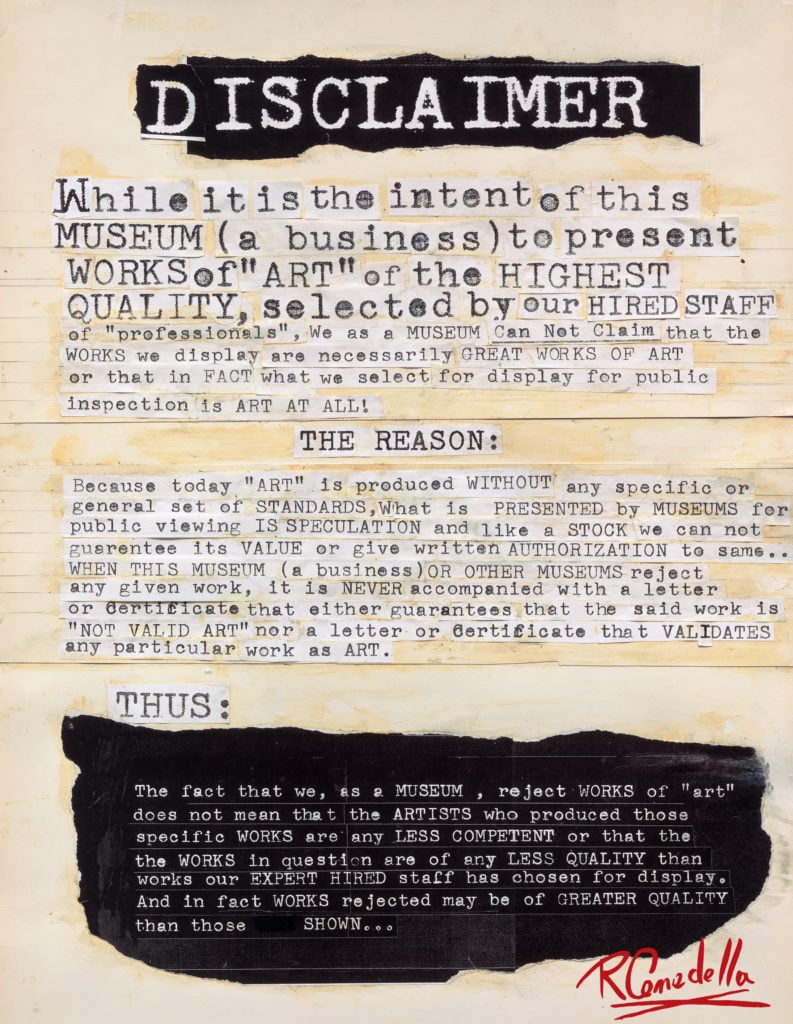Law & Politics
This Artist Is Suing New York’s Largest Museums for Excluding Him. Now, His Day in Court Has Arrived.
At a hearing for the outlandish case, a lawyer likened museums' choices to those made by NBA teams during a draft.

At a hearing for the outlandish case, a lawyer likened museums' choices to those made by NBA teams during a draft.

Eileen Kinsella

While many artists believe they deserve more recognition than they’ve received, most just complain about it to their friends. Artist Robert Cenedella has gone a different route: He’s taken the museums that he believes have wronged him to court.
Just over a month ago, Cenedella filed a class action lawsuit in New York against five major local art institutions: the Metropolitan Museum of Art, the Whitney Museum of Art, the Museum of Modern Art, the Solomon R. Guggenheim Museum, and the New Museum. He asserts that these institutions are conspiring to stamp out competition in the art market by showing only a small group of pre-approved names represented by mega-galleries. Cenedella is not one of them.
Though one might easily dismiss the lawsuit as a work of performance art, the case is proceeding in very real court—at least for now. At a hearing in downtown Manhattan this morning, Judge John G. Koetl recommended that Cenedella file an amended complaint that might better substantiate some of his claims regarding “elements of antitrust damages.” The new complaint is due on April 6. After that, the museums are expected to file a motion to dismiss the case.
Cenedella’s attorney, Robert Hantman, told the judge his client “has spent a lot of time researching his conclusions” and that he believes there is an “artificial agreement” to keep out deserving artists. Cenedella is “not here to reap a windfall,” he added. “He just wants to even the playing field.”
Though mostly procedural, the hearing did at times veer into discussions about the fundamental nature of the exclusionary art world. The museums’ lawyer, William Cavanaugh Jr., likened Cenedella’s argument to complaining that “the first round of the NBA draft picks comes from top agents.”
The museums, he said, believe Cenedella’s complaint is “completely baseless” and fear that if it proceeds much further, it would distract them from their important work and open them up to future frivolous lawsuits. (He declined to comment further when reached by artnet News.)
The judge, for his part, did his best to get up to speed on the workings of the art world. “If a Rembrandt came on the market, is he represented by one of these galleries?” he asked. (Hantman responded that the claim “did not apply to deceased artists.”)

Following the hearing, Hantman told artnet News he and his client are “very satisfied” and called Koetl “an excellent judge.”
Cenedella teaches at the Art Students League in New York and is the subject of the 2015 documentary Art Bastard. He is known for creating works—such as a painting of a crucified Santa Claus—that intentionally court controversy. He lacks gallery representation and his work is not owned by any American museum.
At the moment, Cenedella seems to be working hard to get his message out any way he can. After the hearing, he gave artnet News a copy of a proposed museum “disclaimer,” which he says would provide the public a much-needed dose of skepticism before entering an art institution’s hallowed halls.
“The fact that we, as a museum, reject works of ‘art’ does not mean that the artists who produced those specific works are any less competent,” it reads. “In fact, works rejected may be of greater quality than those shown.”